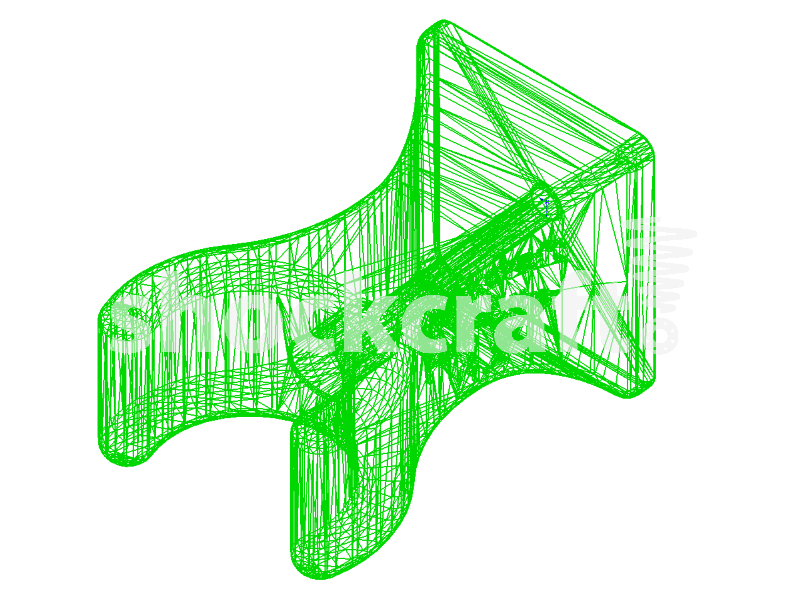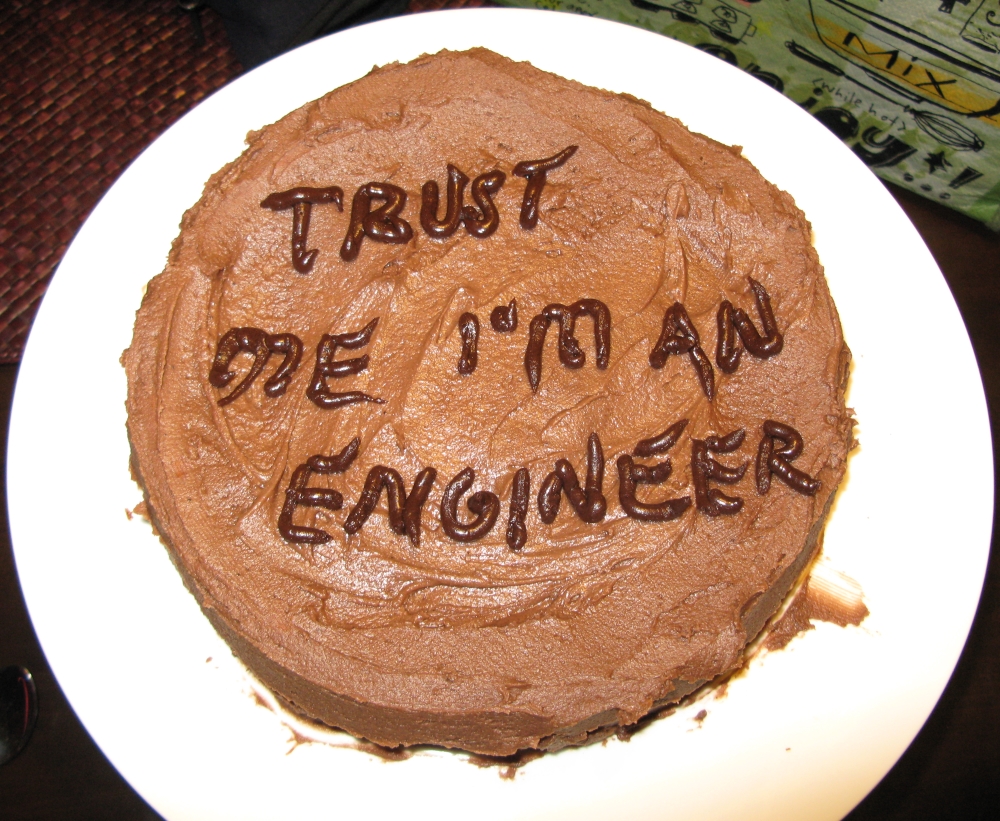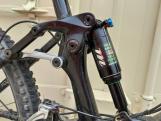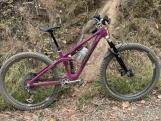You have no items in your shopping cart.
-
Forks
- Book Service & Tuning
- Service Info & Pricing
- Find Your Fork
- Parts for Forks
- Full Service Kits (seals, tools & oils)
- Factory & SC Rebuild Kits
- Wiper Kits
- Internal Seal Kits
- Seals Individual
- Air Shafts & Parts
- Axles
- Bearings
- Bolts & Screws
- Bushings
- Coil Springs & Ride Kits
- Crush Washers
- Damper Parts
- Foam Rings
- Hose Guides
- Knobs
- Lower Legs
- Mud Guards
- Remotes & Lockout
- Travel Spacers
- Update Parts
- Valves & Parts
- Volume Spacers
- CSUs
- Tuning & Upgrades for Forks
- New Forks
- Bike Fitments
- Shocks
- Droppers
- Lubricants
-
Tools
- Shockcraft Tools
- Air Tools, Pumps & Fittings
- BB Tools
- Bearing Tools
- Bleed Tools & Fittings
- Brake Tools
- Bushing Tools
- Cassette Tools
- Clamp Blocks
- Cleaning
- Dropper Post Tools
- Fork Tools
- Hex Wrench Tools (Allen Keys)
- Hub Tools
- Oil & Grease Tools
- Rear Shock Tools
- Seal Press Tools
- Enduro & RWC Tools
- Fox Tools
- Hayes Tools
- Manitou Tools
- Park Tools
- Rockshox Tools
- Specialized Tools
- SUNringlé Tools
- Vorsprung Tools
- Online & Download
-
Brands
- X-Fusion
- Ariete
- Avanti
- BMC
- Cane Creek
- Canyon
- Commencal
- DT Swiss
- DVO
- Enduro
- EXT
- Fox
- FSA
- Giant
- Hayes
- Hope
- Igus
- Industry Nine
- Intense
- Ironhorse
- Jagwire
- Kalloy-UNO
- Kindshock
- Lezyne
- Manitou
- Marin
- Marzocchi
- Monocrome
- Motorex
- Norco
- Öhlins
- Pivot Cycles
- ProTaper
- Real World Cycling
- RockShox
- Santa Cruz
- Scott
- Sendy
- Shockcraft
- Shimano
- SKF
- Slickoleum
- Specialized
- Sprindex
- SRAM
- SUNringlé
- Transition
- Trek
- Vorsprung
- Wheelsmith
- Yeti
- YT
-
Manitou
- Find Your New Suspension
- Warranty Information - Manitou
- In Stock Forks, Shocks & Droppers
- Latest Releases
- Forks
- Fork Search Tool
- R8 (XC)
- Mattoc 2023
- Mezzer (Enduro, Trail)
- Dorado 37 mm (DH)
- Circus (Dirt Jump)
- JUnit (Kids, Cargo)
- Machete (XC, Trail, Bike Packing, E-MTB)
- Mattoc Pre-2021 (Trail, Enduro, E-MTB)
- Mastodon (Fat)
- Markhor (26", Value, XC, Trail, E-MTB)
- R7 (XC, Trail, Bike Packing, E-MTB)
- Custom Built Forks
- Historic Manitou Forks
- New Old Stock Manitou Forks
- Fork Parts
- Seals & Rebuild Kits
- Air Spring Parts
- Axles & Axle Parts
- Bolts & Screws
- Bushings
- Coil Spring Parts
- Crown Steerer Assembly (CSA/CSU)
- Damper Parts
- Damper Shafts TPC & SPV
- Hose Guides
- Knobs & Caps
- Lower Legs
- Mud Guards/Fenders
- Pistons
- Remotes & Lockout
- Ride Kits
- Tools
- Travel Spacers
- Vintage Manitou 91-95/96
- Fork Small Parts
- MARS Air/Coil System Parts
- Rear Shocks
- Rear Shock Parts
- Dropper Posts
- Tuning & Upgrade
- Demo Manitou & Hayes
- Kids' JUnit Range
- Decals
- Lubricants
- Seal Kits
- Tools
- All Manitou
- Hayes Brakes
- Bearings & Bushings
-
Technical
- Buy Support
- 3D Print Files
- Suspension Setup
- Calculators
- Pick & Mix Install Instructions
- Bearing Help
- Bottom Bracket Info
- Dropper Posts - what can go wrong
- Headset Bearing Identification
- High Flow Pistons & Oil Flow
- Manitou Cable Routing
- Measuring Shock Hardware
- Suspension Oils
- Suspension Service - What Is It?
- Suspension Service Intervals | Tips for Service
- Shock Sizes Explained
- Swag
- Everything Else
-
Forks
- Book Service & Tuning
- Service Info & Pricing
- Find Your Fork
- Parts for Forks
- Full Service Kits (seals, tools & oils)
- Factory & SC Rebuild Kits
- Wiper Kits
- Internal Seal Kits
- Seals Individual
- Air Shafts & Parts
- Axles
- Bearings
- Bolts & Screws
- Bushings
- Coil Springs & Ride Kits
- Crush Washers
- Damper Parts
- Foam Rings
- Hose Guides
- Knobs
- Lower Legs
- Mud Guards
- Remotes & Lockout
- Travel Spacers
- Update Parts
- Valves & Parts
- Volume Spacers
- CSUs
- Tuning & Upgrades for Forks
- New Forks
- Bike Fitments
-
Shocks
-
Droppers
-
Lubricants
-
Tools
- Shockcraft Tools
- Air Tools, Pumps & Fittings
- BB Tools
- Bearing Tools
- Bleed Tools & Fittings
- Brake Tools
- Bushing Tools
- Cassette Tools
- Clamp Blocks
- Cleaning
- Dropper Post Tools
- Fork Tools
- Hex Wrench Tools (Allen Keys)
- Hub Tools
- Oil & Grease Tools
- Rear Shock Tools
- Seal Press Tools
- Enduro & RWC Tools
- Fox Tools
- Hayes Tools
- Manitou Tools
- Park Tools
- Rockshox Tools
- Specialized Tools
- SUNringlé Tools
- Vorsprung Tools
- Online & Download
-
Brands
- X-Fusion
- Ariete
- Avanti
- BMC
- Cane Creek
- Canyon
- Commencal
- DT Swiss
- DVO
- Enduro
- EXT
- Fox
- FSA
- Giant
- Hayes
- Hope
- Igus
- Industry Nine
- Intense
- Ironhorse
- Jagwire
- Kalloy-UNO
- Kindshock
- Lezyne
- Manitou
- Marin
- Marzocchi
- Monocrome
- Motorex
- Norco
- Öhlins
- Pivot Cycles
- ProTaper
- Real World Cycling
- RockShox
- Santa Cruz
- Scott
- Sendy
- Shockcraft
- Shimano
- SKF
- Slickoleum
- Specialized
- Sprindex
- SRAM
- SUNringlé
- Transition
- Trek
- Vorsprung
- Wheelsmith
- Yeti
- YT
-
Manitou
- Find Your New Suspension
- Warranty Information - Manitou
- In Stock Forks, Shocks & Droppers
- Latest Releases
- Forks
- Fork Search Tool
- R8 (XC)
- Mattoc 2023
- Mezzer (Enduro, Trail)
- Dorado 37 mm (DH)
- Circus (Dirt Jump)
- JUnit (Kids, Cargo)
- Machete (XC, Trail, Bike Packing, E-MTB)
- Mattoc Pre-2021 (Trail, Enduro, E-MTB)
- Mastodon (Fat)
- Markhor (26", Value, XC, Trail, E-MTB)
- R7 (XC, Trail, Bike Packing, E-MTB)
- Custom Built Forks
- Historic Manitou Forks
- New Old Stock Manitou Forks
- Fork Parts
- Seals & Rebuild Kits
- Air Spring Parts
- Axles & Axle Parts
- Bolts & Screws
- Bushings
- Coil Spring Parts
- Crown Steerer Assembly (CSA/CSU)
- Damper Parts
- Damper Shafts TPC & SPV
- Hose Guides
- Knobs & Caps
- Lower Legs
- Mud Guards/Fenders
- Pistons
- Remotes & Lockout
- Ride Kits
- Tools
- Travel Spacers
- Vintage Manitou 91-95/96
- Fork Small Parts
- MARS Air/Coil System Parts
- Rear Shocks
- Rear Shock Parts
- Dropper Posts
- Tuning & Upgrade
- Demo Manitou & Hayes
- Kids' JUnit Range
- Decals
- Lubricants
- Seal Kits
- Tools
- All Manitou
- Hayes Brakes
-
Bearings & Bushings
-
Technical
- Buy Support
- 3D Print Files
- Suspension Setup
- Calculators
- Pick & Mix Install Instructions
- Bearing Help
- Bottom Bracket Info
- Dropper Posts - what can go wrong
- Headset Bearing Identification
- High Flow Pistons & Oil Flow
- Manitou Cable Routing
- Measuring Shock Hardware
- Suspension Oils
- Suspension Service - What Is It?
- Suspension Service Intervals | Tips for Service
- Shock Sizes Explained
- Swag
- Everything Else
- Home /
- Technical /
- Suspension Setup /
- Volume Spacers
Volume Spacers
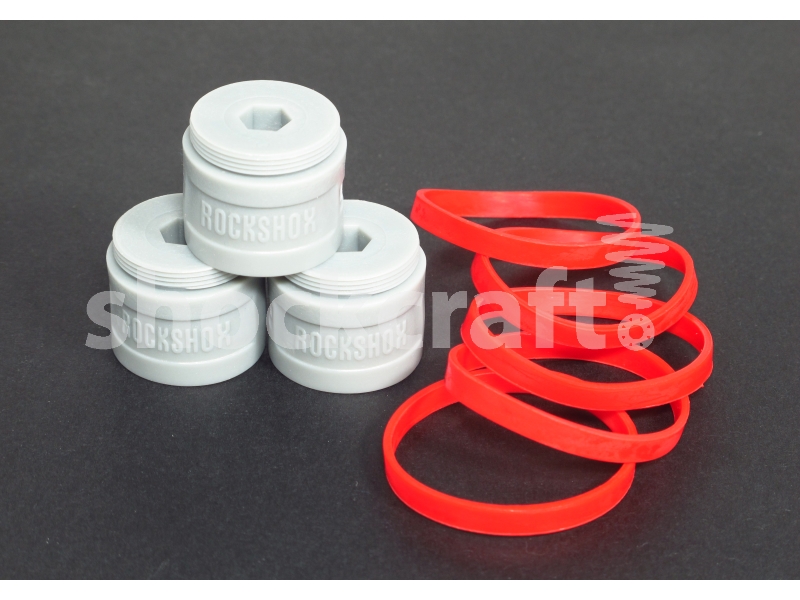
Now we get to one of the greatest marketing triumphs in suspension tweaking, which is also the worst idea ever: Volume Spacers.
Whoever at Rockshox decided to name them "bottomless tokens" needs to be condemned to forever ride a quadra 5. In the freezing cold!
Customers read the label and decided "sweet, they'll stop it bottoming out" and stacked their forks (and shocks) with them, resulting in suspension that didn't get full travel. No problem, we'll just drop the air pressure.
Now they have a shock which is undersprung, sags too far into it's travel (so pedals hit the ground and steering is too steep) before it has an extremely short mid-stroke and an end stroke that stores and returns so much bump energy it's like riding a mechanical bull.
So then you've gotta crank the rebound slow, turning the fork into a dead feeling, low hanging, wallowing, miserable hack that will make every bump of every type feel horrible.
Got the picture?
Volume spacers' real purpose is to change the relationship between the natural frequency and ride height. If you've got a shock or fork that requires too much pressure to get the correct natural frequency, then it will sit too high in it's travel, have not enough sag to deal with dips in the trail and it'll feel harsh.
Adding volume spacers will let you drop the air pressure, gain some sag but keep the natural frequency high enough to not let it wallow.
Conversely, if you are sagging too much with the right natural frequency, then you need to increase air chamber volume and increase pressure. The increased volume with the increased pressure will balance out to give the same natural frequency but higher ride height and make it easier to get full stroke.
If it sounds a bit complicated. That's because it is. But you can trust me. I'm an Engineer. Proof is below.
Volume spacers for forks and shocks are here and here. The RS rear shock volume spacers fit a whole heap of other brands, including the Manitou McLeod. But they can only be used on dual layer air-cans.
For other brands not on the website, call us and we'll sort you out.
Find Out More
• Tuning Low Speed Compression (LSC) Damping
• Tuning High Speed Compression (HSC) DampingYou may also be interested in our range of Technical Articles & Resources, written to help with bike maintenance & suspension setup.
-
Good suspension should be stable and supportive while being planted, y...
-
Deans Bank 6 Hour, Wanaka Bike Wanaka is back with their Deans Bank r...
-
Bike of the Month, October 2023 Transition Smuggler with Ready Mix Tu...

| Thank you for Signing Up |



